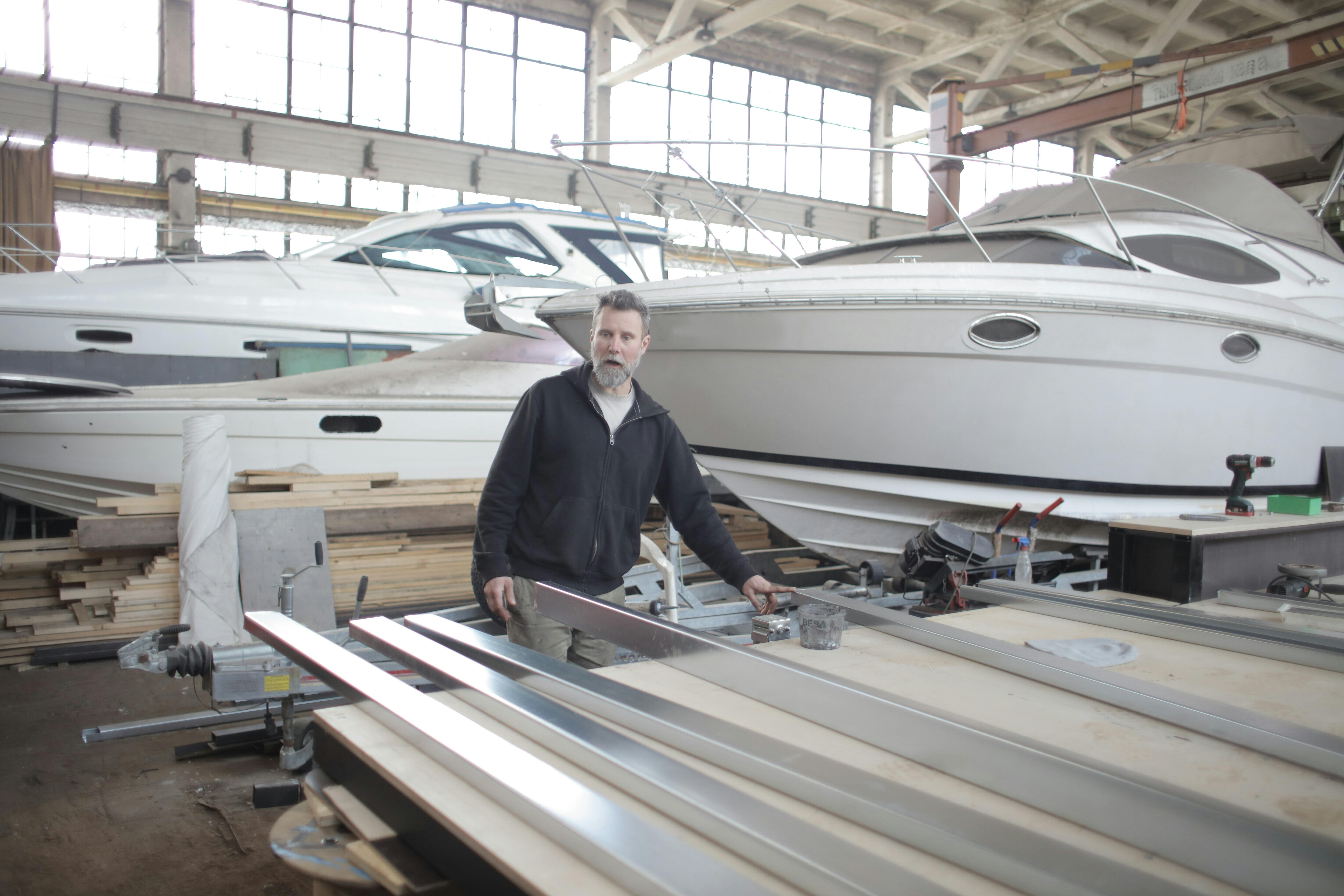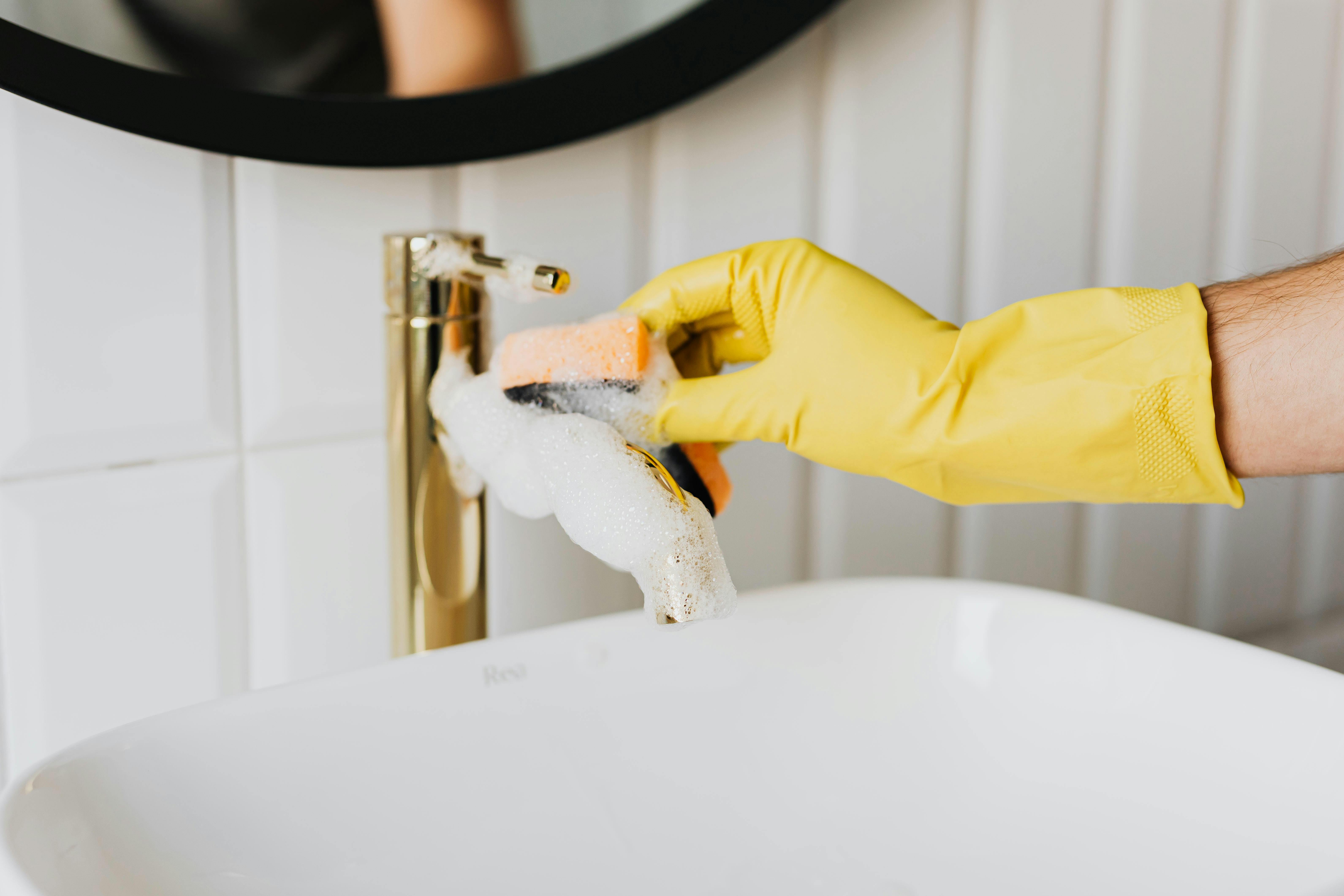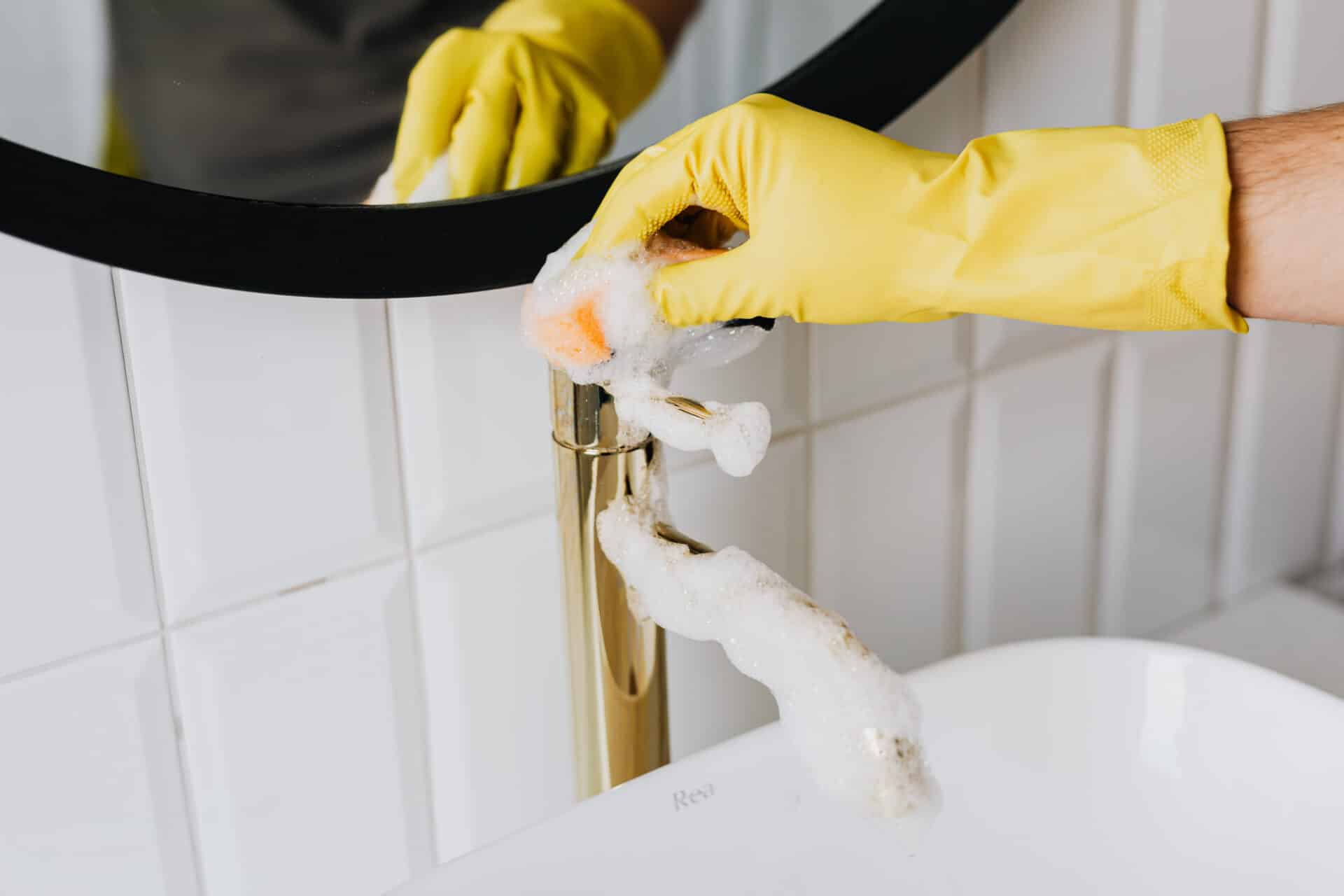Do tankless water heaters need maintenance? This is a question that many people ask when considering installing a tankless water heater in their home. Tankless water heaters are becoming more and more popular due to their energy-efficient design and ability to provide an endless supply of hot water. While tankless water heaters do not need as much maintenance as traditional storage tank water heaters, there are still some important steps that should be taken in order to keep the unit running efficiently for years to come. In this article, we’ll explain what types of maintenance should be performed on your tankless water heater and how often it should be done.Regular maintenance is necessary to keep tankless water heaters in good working order. This includes flushing out the system every 6 to 12 months and checking the air intake filter for blockages. The heat exchanger should also be inspected for scale buildup, and the burner should be inspected and cleaned as needed. Any gas connections should be checked for leaks, and any worn or damaged parts should be replaced. Additionally, it is important to check all of the water connection points for leaks or corrosion.
How to Maintain a Tankless Water Heater
Maintaining a tankless water heater is essential for keeping it in good condition. It’s important to regularly inspect the unit for any signs of wear or damage, as well as to ensure that it’s properly ventilated. Here are some tips for how to maintain a tankless water heater:
First, keep the area around the heater clean and free of debris. This will help ensure proper airflow and prevent dust from accumulating on the unit. Additionally, you should check the filter regularly and replace it when necessary. It’s also important to check the temperature settings on your unit, as this can affect energy efficiency and longevity.
Second, you should inspect your tankless water heater regularly for any signs of corrosion or damage. If you notice any issues, contact a professional right away to fix the problem before it gets worse. Additionally, you should flush out your system every three months or so to remove any sediment build-up that might be hindering its performance.
Third, make sure that your tankless water heater is properly ventilated. If you don’t have adequate ventilation in place, this can cause problems with combustion and can increase the risk of carbon monoxide poisoning. Make sure that there are no obstructions blocking air flow near or around your unit, and check the vents periodically for any blockages that could be preventing proper airflow.
Finally, if you plan on being away from home for an extended amount of time (more than two weeks), turn off your tankless water heater so it doesn’t overheat or become damaged due to lack of use. This will also help you save energy costs while away from home!
Following these tips can help maintain your tankless water heater and keep it running efficiently for years to come!
Hard Water Scale Build-Up
One of the most common issues with tankless water heaters is hard water scale buildup. This occurs when minerals such as calcium and magnesium accumulate in the heat exchanger, reducing its efficiency and leading to an abnormal amount of energy being used to heat the water. Additionally, over time this buildup can cause corrosion, resulting in a shorter lifespan for the unit. To avoid this issue, it’s important to install a water softener or other filtration system to reduce the mineral content of the incoming water supply.
Temperature Fluctuations
Tankless water heaters are designed to provide a steady temperature of hot water on demand. However, due to their design they can experience fluctuations in temperature if they are used too often or not enough. To minimize this issue, it’s important to make sure that you’re using your tankless heater at an appropriate rate and that you have adequate ventilation around the unit so that it doesn’t overheat.
Leaking
Leaks are another common problem with tankless water heaters due to their compact size and complexity. If not addressed promptly, these leaks can lead to extensive damage and even dangerous levels of mold growth in your home. To prevent this from happening, it’s important to check for any signs of leaking regularly and address them immediately if found.
No Hot Water
If you notice that your tankless water heater isn’t producing hot water, it could be due to one of several possible issues. These include low pressure in your home’s plumbing system or a faulty thermostat setting on the unit itself. In either case, it’s important to contact a professional technician so that they can diagnose and fix any underlying issues quickly.
How to Clean and Flush a Tankless Water Heater
Cleaning and flushing a tankless water heater is an important part of regular maintenance. It helps to keep your heater running efficiently and can prevent costly repairs down the line. The process is relatively simple, but it does require some special tools and knowledge of the system. Here’s what you’ll need to do to properly clean and flush your tankless water heater.
The first step in cleaning and flushing your tankless water heater is to turn off the power or gas supply to the unit. This will ensure that no electricity flows through the unit, preventing any potential accidents from happening. Once the power or gas has been shut off, you’ll need to turn off all of the hot water valves in your home that are connected to the tankless water heater.
Next, you’ll need to locate the drain valve on your tankless water heater. This valve is usually located near the bottom of the unit, but it could be located in different places depending on the model of your heater. Once you’ve found it, open it up by turning the handle counterclockwise until it is fully open.
Once you have opened up the drain valve, attach a garden hose or other flexible tubing to it so that you can direct any draining liquid away from your home and out into a drain or grassy area outside. Then turn on a hot water tap in your house until all of the hot water has drained out of your tankless water heater. This will help flush out any sediment that may have built up inside of it over time.
Once all of the hot water has been flushed out, close off both valves – one at the end of the garden hose and one at the drain valve – and then turn on another hot water tap for about five minutes in order to refill any air pockets in your system. After this step is complete, shut off all taps and then turn on either power or gas supply back onto your tankless water heater.
Finally, allow some time for hot water to build up again before testing out its performance with a few taps around your house. If everything seems to be working correctly after this process then congratulations! You have successfully cleaned and flushed out your tankless water heater!
Understanding the Components of a Tankless Water Heater
Tankless water heaters are becoming increasingly popular due to their energy efficiency and cost savings. These water heaters provide hot water on demand, rather than storing large amounts of hot water in a tank. In order to understand how they work, it is important to familiarize yourself with the components of a tankless water heater.
The most important component is the burner. The burner heats up the water as it passes through the system, and is usually powered by either natural gas or electricity. The burner is usually located at the bottom of the unit, and is responsible for heating up the incoming cold water.
The next component is the heat exchanger. This is a metal tube that runs through the unit and transfers heat from the burner to the cold incoming water. This process happens quickly, allowing hot water to be delivered almost immediately after a tap has been turned on. The heat exchanger also helps to regulate the temperature of the outgoing hot water so that it does not become too hot or too cold.
The last component of a tankless water heater is the thermostat and flow sensor. This device monitors both incoming and outgoing temperatures and helps to maintain consistent temperatures throughout each cycle. It also helps to ensure that there are no sudden changes in temperature when more than one faucet or appliance is running simultaneously.
By understanding these components, you can make an informed decision when choosing a tankless water heater for your home or business. Knowing how these components work together can help you make sure you choose an energy efficient unit that will save you money in both energy bills and maintenance costs in the long run.

The Benefits of Regular Maintenance for a Tankless Water Heater
Regular maintenance on a tankless water heater can provide numerous benefits. It helps to keep your appliance running efficiently, which can help reduce energy costs. Additionally, regular maintenance can help to prevent breakdowns and extend the life of the water heater. By scheduling regular maintenance, you can also be sure that your water heater is operating safely and efficiently. Here are some of the key benefits of regularly maintaining your tankless water heater:
Increased Efficiency
Maintaining your tankless water heater on a regular basis ensures that it is working at its optimal efficiency level. This means that you will get more hot water from the same amount of energy used. Over time, build-up of minerals and sediment in the unit can cause decreased efficiency levels and increased energy costs.
Extended Lifespan
Regularly maintaining your tankless water heater helps to extend its lifespan. By scheduling annual maintenance checks with a qualified technician, you will be able to have any issues with the unit addressed before they become major problems. This will help you avoid costly repairs or replacements down the line.
Safety
Tankless water heaters pose certain safety risks if not properly maintained. A qualified technician can ensure that all safety measures are up-to-date, such as testing for gas leaks or checking for carbon monoxide levels. Regular maintenance helps to ensure that your unit is operating safely and securely.
In conclusion, regularly maintaining your tankless water heater offers numerous benefits. It helps to keep your appliance running efficiently, which can help reduce energy costs while also extending its lifespan and ensuring its safety. To make sure you get the most out of your appliance, it is important to schedule regular maintenance with a qualified technician.
Maintaining Your Tankless Water Heater
It is important to maintain your tankless water heater to ensure that it functions optimally and lasts as long as possible. There are a few simple steps that you can take to help prolong the life of your tankless water heater. By following these tips, you can keep your water heater running smoothly and efficiently for years to come.
Regular Maintenance
The most important step in maintaining your tankless water heater is regular maintenance. This includes flushing the unit periodically to remove any sediment that has built up in the system, as well as checking the pressure relief valve and other components for signs of wear or corrosion. It’s also a good idea to have a professional inspect the unit annually to make sure everything is functioning properly.
Proper Installation
Another key factor in prolonging the life of your tankless water heater is proper installation. Make sure that all of the components are correctly installed and maintained according to manufacturer instructions. This includes making sure that the unit is installed on an appropriate surface and away from any combustible materials or areas with high humidity levels.
Water Quality
Ensuring that you use clean, high-quality water in your tankless water heater is also essential for extending its lifespan. Have your water tested regularly and use a filter if necessary to remove any sediments or contaminants from entering your system.
Energy Efficiency
Finally, making sure that you are using energy-efficient settings can help keep your tankless water heater running more efficiently and reduce wear over time. Consider installing low-flow showerheads and faucets, as well as using timers or thermostatic valves if available on your model, to reduce energy consumption when not using hot water.
Troubleshooting Issues with Your Tankless Water Heater
A tankless water heater is a great way to save money and energy. It is important to keep your tankless water heater running in top condition. If you experience any issues with your tankless water heater, there are some steps you can take to troubleshoot the problem. Here are some tips for troubleshooting issues with your tankless water heater.
The first step in troubleshooting your tankless water heater is to check the power source. Make sure the power source is on and that it is connected properly. If the power source is not functioning properly, you may need to contact an electrician or plumber for assistance.
Next, check the temperature settings on the tankless water heater. Make sure the temperature setting is correct for your needs. If it’s too low, make adjustments as necessary. If it’s too high, turn it down slightly until it’s comfortable for you.
If your tankless water heater isn’t heating up at all, there could be a problem with the gas line or venting system. Check that all connections are secure and that there are no blockages in the venting system. Make sure that all of the components in the gas line are functioning properly before calling a professional for assistance.
Finally, if you’re still having problems with your tankless water heater, check for signs of leaks or other damage. Leaks can cause major problems that require professional attention from a plumber or HVAC technician. Check around all of the connections on your tankless water heater and look for any signs of corrosion or damage.
Following these steps can help you troubleshoot any issues you may have with your tankless water heater and get it running smoothly again quickly and easily!

Conclusion
Tankless water heaters are a great way to save energy and money. Although they do not require regular maintenance, they should be inspected periodically and serviced if needed. Regular maintenance can help increase the longevity of the system and ensure that it is running efficiently. In addition, if you have hard water, it is important to flush your tankless water heater at least once a year to prevent buildup. Ultimately, tankless water heaters can be an excellent option for many homeowners, but taking the proper steps to maintain them will help keep them running smoothly for years to come.
Regular maintenance of your tankless water heater is an important part of ensuring its efficiency and longevity. While tankless water heaters do not require as much care as traditional tanks, periodic inspection and servicing can help keep your system running optimally. Additionally, if you have hard water, it is important to flush your tankless heater at least annually. Taking these simple steps will help ensure that your tankless water heater provides consistent hot water for years to come.

